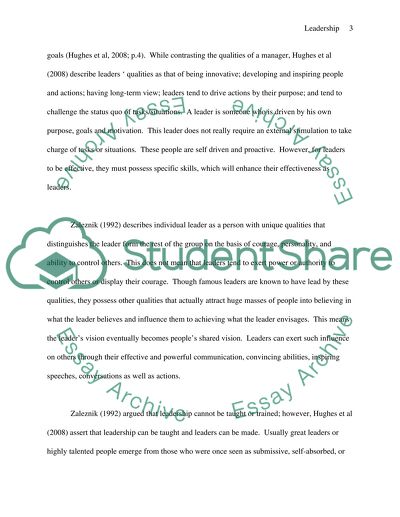Cite this document
(“Leadership Coursework Example | Topics and Well Written Essays - 3500 words”, n.d.)
Retrieved from https://studentshare.org/finance-accounting/1422856-leadership
Retrieved from https://studentshare.org/finance-accounting/1422856-leadership
(Leadership Coursework Example | Topics and Well Written Essays - 3500 Words)
https://studentshare.org/finance-accounting/1422856-leadership.
https://studentshare.org/finance-accounting/1422856-leadership.
“Leadership Coursework Example | Topics and Well Written Essays - 3500 Words”, n.d. https://studentshare.org/finance-accounting/1422856-leadership.


